Some of Europe’s most beautiful cities also happen to be some of the priciest. Places like Paris, Copenhagen, Zurich, and Amsterdam can eat through your budget fast—but that doesn’t mean you have to skip them.
With a few smart choices, you can enjoy their charm, history, and food without coming home to an empty bank account. Here’s a list of 15 ways to save in expensive European cities while still getting the full experience.
Take Advantage of Free Museum Days
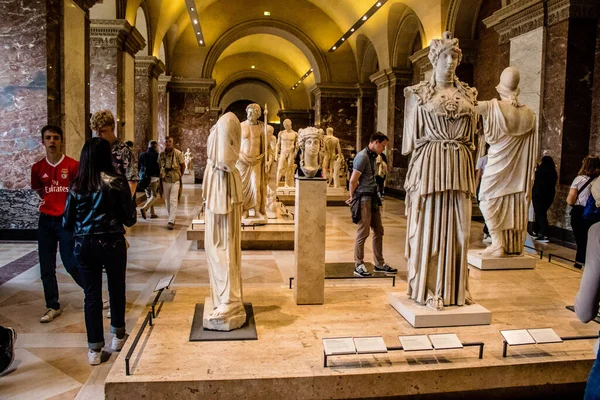
Many top museums open their doors for free on certain days, and those savings can add up. Paris’s Musée d’Orsay and Madrid’s Prado Museum, for example, have hours where admission won’t cost you a thing.
Check the schedules before you travel so you can plan your sightseeing around these windows. It’s the same world-class art, just without the ticket price.
Walk or Cycle Instead of Using Taxis
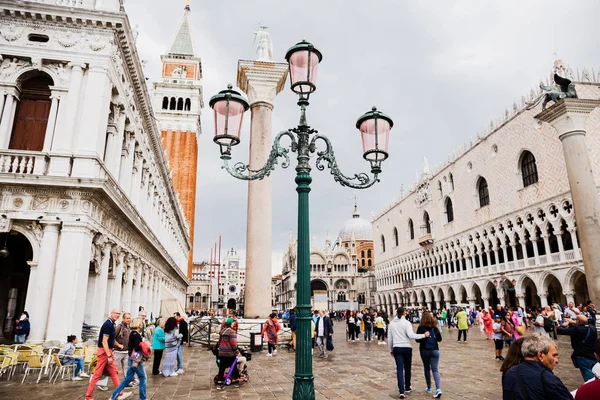
Taxi fares in major cities can be shockingly high, especially when traffic slows you down. Walking or renting a bike lets you explore at your own pace and keeps costs low. Many European cities are built for it, with dedicated bike lanes and scenic pedestrian streets.
You’ll notice little details you’d miss speeding by in a car.
Like Travel Pug’s content? Follow us on MSN.
Stay Just Outside the City Center
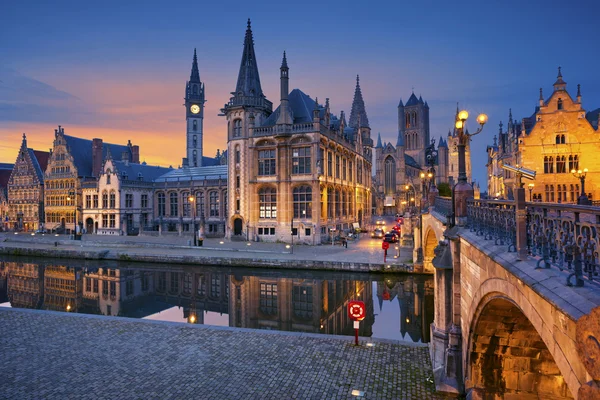
Hotels in the middle of town often charge a premium for location alone. Staying in a neighborhood a short tram or metro ride away can cut your lodging costs in half. You’ll often get a quieter, more local atmosphere too.
The money you save can cover meals, attraction tickets, or even an extra day in the city.
Make the Most of Tourist Cards

Tourist cards like the Berlin WelcomeCard or Amsterdam City Card combine public transport with free or discounted attraction entry. They’re a good deal if you plan to visit several included sites in a short time.
Check the list of benefits before buying to be sure it fits your plans. Using them correctly can save both money and time.
Choose Lunch Menus Over Dinner

In many European cities, lunch deals are far cheaper than dinner for similar food. In Spain, the ‘menu del día’ often comes with multiple courses, bread, and a drink for one set price.
The portions and flavors are just as good—sometimes even better. Making lunch your main meal can slash your daily food costs.
Like Travel Pug’s content? Follow us on MSN.
Shop at Local Food Markets

Fresh markets are everywhere in Europe, and they’re often cheaper than eating out. You can pick up bread, cheese, fruit, or even ready-to-eat meals for a fraction of restaurant prices. Markets like London’s Borough Market or Munich’s Viktualienmarkt also give you a taste of local life.
It’s a budget-friendly way to eat well and soak up the atmosphere.
Find Free Viewpoints
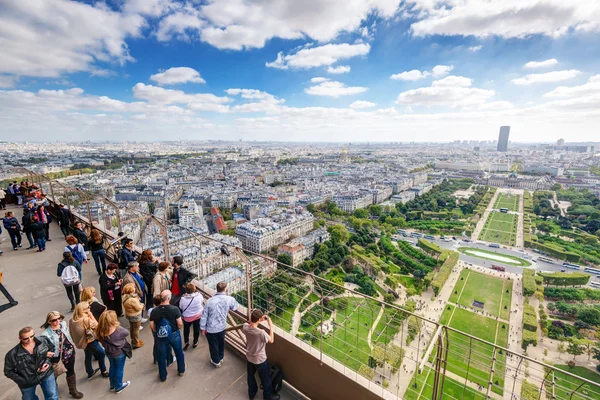
Many cities charge for their best observation decks, but there are free spots with just as good views. In Paris, the steps of Sacré-Cœur look out over the city. In Florence, Piazzale Michelangelo offers a panoramic sweep for nothing.
These places feel more relaxed, too—no ticket lines or time limits.
Book Trains Early
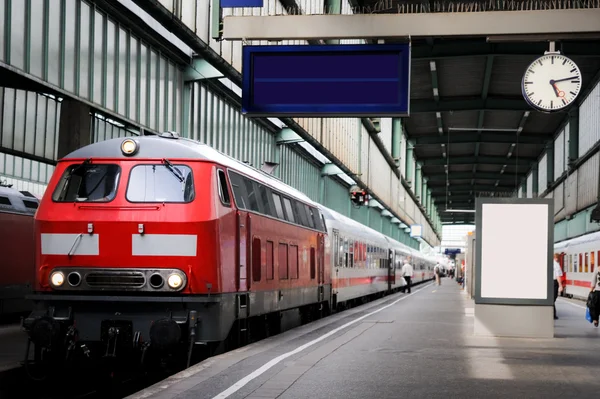
If you’re traveling between cities, train tickets are usually cheaper the earlier you buy them. High-speed routes in France, Spain, and Italy can be half the price when booked weeks ahead.
Even regional trips can be much less if you lock them in early. A little planning here can free up money for other parts of your trip.
Like Travel Pug’s content? Follow us on MSN.
Take a Free Walking Tour

Tip-based walking tours run in most major cities, and they’re a great way to get your bearings. You only pay what you can afford at the end, making them flexible for any budget.
Guides also share local tips you won’t find in a brochure. It’s a cheap and useful start to your visit.
Carry a Reusable Water Bottle

Buying bottled water every day adds up fast in cities like Zurich or Copenhagen. Most European cities have clean public fountains where you can refill for free.
Rome’s small stone ‘nasoni’ fountains are a perfect example. It’s simple, saves money, and cuts down on plastic waste.
Use Budget Grocery Chains

Stores like Lidl, Aldi, and Carrefour Express are common across Europe and sell groceries at lower prices. Even grabbing breakfast items or snacks here can make a difference. They often stock local specialties alongside everyday essentials.
Mixing a few grocery store meals into your trip helps balance out pricier restaurant visits.
Like Travel Pug’s content? Follow us on MSN.
Try Overnight Transport
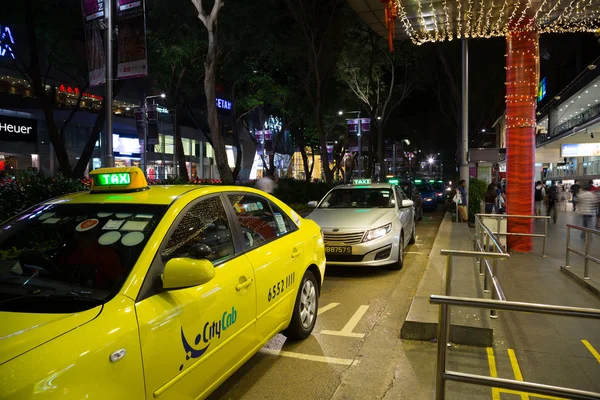
Overnight buses or trains let you travel long distances while skipping a night’s hotel bill. Many routes between major capitals have comfortable sleeper options if you book early.
You wake up in a new city with extra spending money in your pocket. It’s a time and budget saver in one.
Pick Hostels With Kitchens
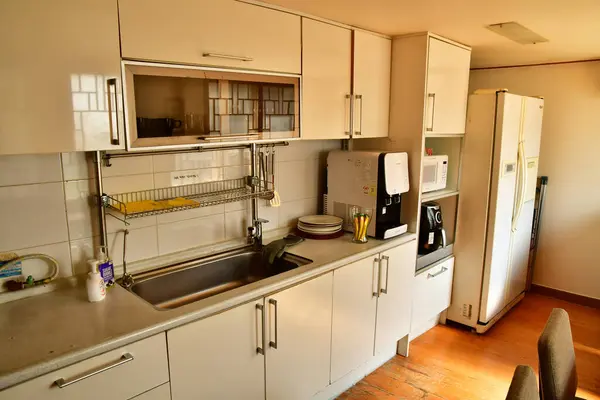
Cooking your meals for part of your trip can save a surprising amount. Many hostels in expensive cities have shared kitchens where you can prepare simple breakfasts or dinners.
Some even host group meals that are cheap and social. It’s an easy way to stretch your budget while meeting other travelers.
Get Public Transport Passes

Buying single tickets every time you ride the bus, tram, or metro adds up quickly. Multi-day passes or stored-value cards are often much cheaper. They also save you the hassle of figuring out fares each time you travel.
In cities like London, Stockholm, or Vienna, these passes pay for themselves quickly.
Like Travel Pug’s content? Follow us on MSN.
Visit in Shoulder Season

Traveling in early spring or late autumn can cut costs across the board—flights, hotels, and even some attractions are cheaper. Crowds are smaller, and you can enjoy the same landmarks without the summer rush.
The weather might be a bit cooler, but the savings make it worth it. Timing your trip right can be as important as how you spend once you’re there.
Making Pricier Cities Work for Your Wallet
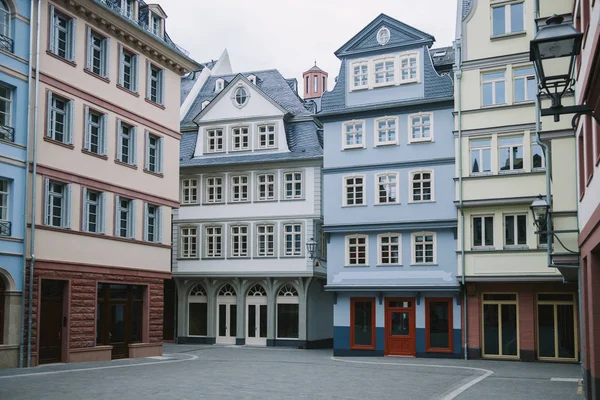
The best parts of Europe—its historic streets, public squares, riverside paths, and local markets—don’t cost much to enjoy. These same places have drawn visitors for generations, long before high entry fees and pricey tours were common.
By mixing in free attractions, local habits, and a little planning, you can experience these cities the way travelers always have. It’s proof that you don’t need a big budget for a big adventure.
More from Travel Pug

- 20 Best Beach Towns in the Carolinas
- 13 Destinations Where Tourists Regularly Regret Their Trip
- 20 Things You Actually Get in First Class
- 20 Small Airports With Aviation Museums
- 20 Places in the U.S. That Are Perfect for a Reset Trip
Like Travel Pug’s content? Follow us on MSN.
